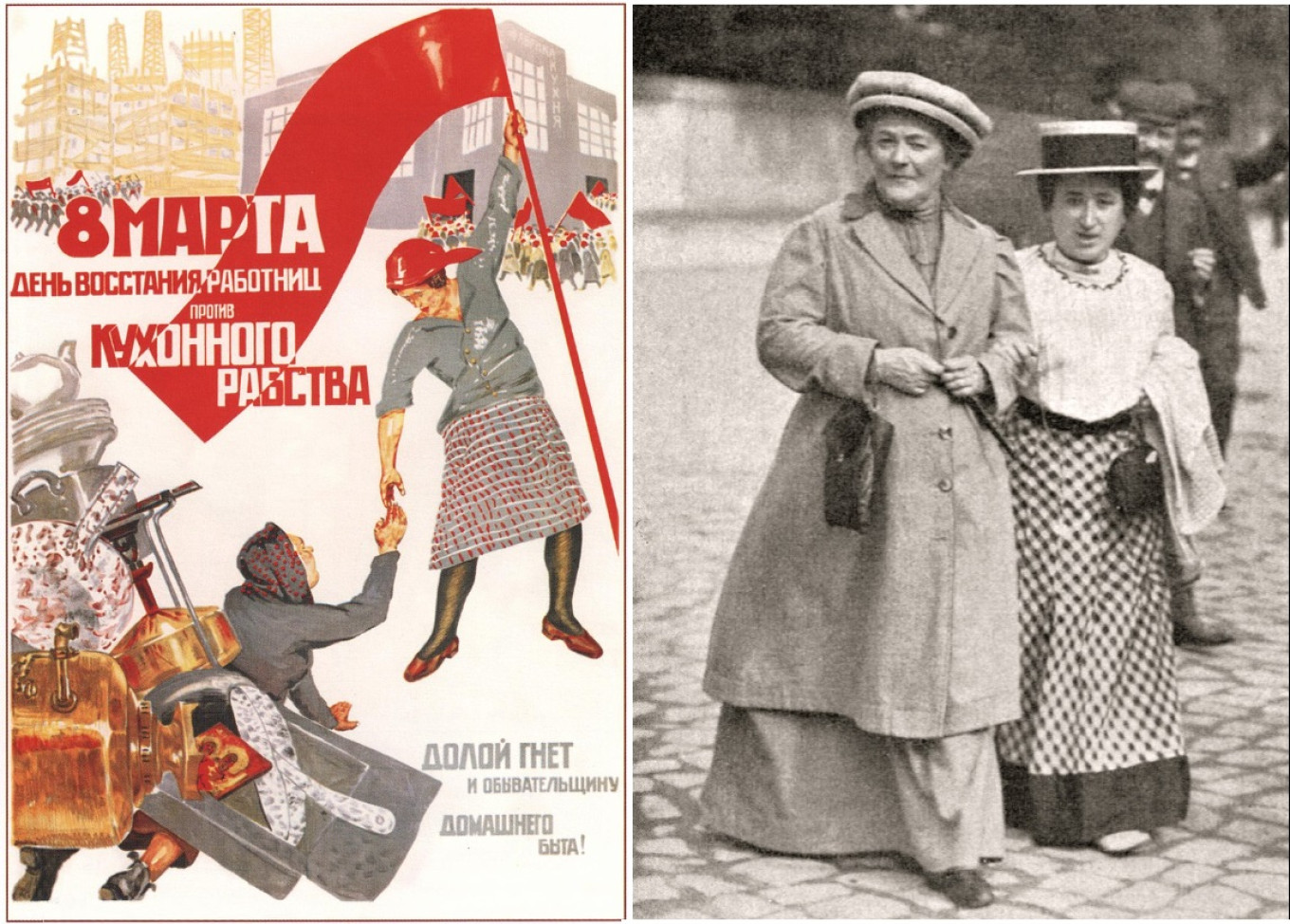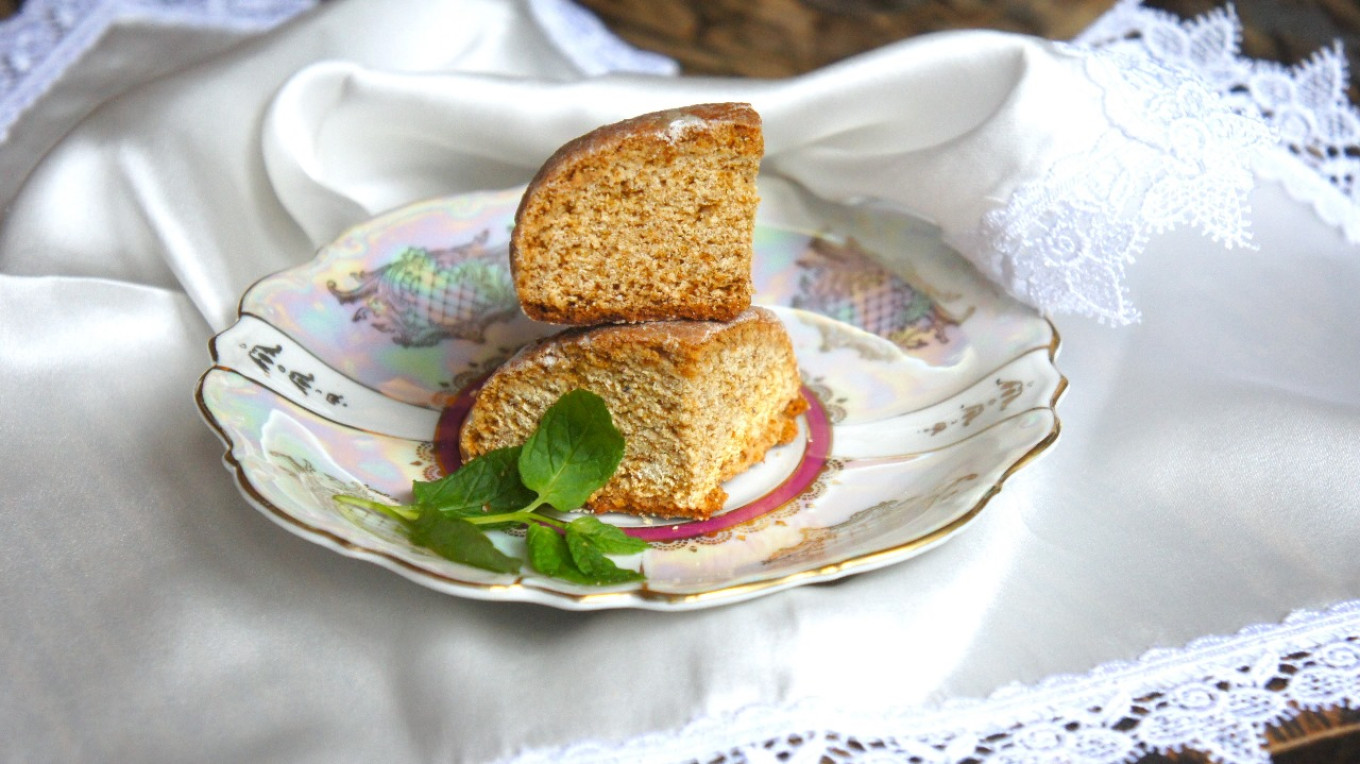Many people think that Valentine's Day — the holiday of love — came to Russia only in the early 1990s along with Halloween and St. Patrick's Day. Nothing of the sort! More than one hundred years ago, back in the 19th century, on February 14 girls from the Russian nobility sent Valentine cards to their boyfriends and they, in turn, asked them to dance at balls.
But today is not yesterday. The devious West hopes to undermine the spiritual values of Russians through chocolates and cards. The Russian Orthodox Church in Moscow has launched a serious fight against this holiday. "There are a great number of questions about the celebration of St. Valentine's Day,” Patriarch Kirill said, “It is a holiday imported from the West, and despite all the attempts to ennoble it, it remains propaganda of relationships that have nothing to do with true love."
You can imagine the brave Patriarch pounding his staff before a vile monster and crying out, “Thou shall not pass!” It turns out the dreadful St. Valentine is connected "with the spread of the idea of free love." At least that's what the head of the Orthodox Church thinks.

We can only guess where the Patriarch got these sexual fantasies from. There is little evidence that St. Valentine's Day originated from the Roman Lupercalia — a fertility festival with all sorts of "excesses." But even if it did, today in its popular form St. Valentine’s Day is about something else — how a delightful holiday in honor of a man who gave his life for love replaced a pagan Sabbath.
Besides, the Russian Orthodox Church does not have a spotless past when it comes to holidays. Shrovetide — масленица — is nothing more than a pagan spring festival adapted to the Orthodox calendar. Only now we try to forget how our ancestors celebrated by jumping over bonfires at night — or least we try to forget that in church.

In any case, the history of the holiday does not interfere in any way with the centuries-old tradition of burning a straw figure and eating pancakes with caviar. Besides, Shrovetide week is only seven days — although many people say that it feeds them all year long.
By the way, it may be that the real reason for fighting against foreign holidays is not some mythical values, but very tangible profit. Chocolates and gingerbread hearts, all kinds of sweet treats in gift baskets, romantic dinners in restaurants — all this is part of the successful monetization of Valentine's Day. It is this competition with pancakes and kulich that church leaders seem to be targeting.
Envy of commercial success is understandable. The feast of Pyotr and Fevronia, two fictional medieval saints, which was unveiled twenty years ago, has left Russian youth completely indifferent. They aren’t moved by an ancient, cobweb-covered tale of marital fidelity. St. Valentine probably does not arouse any special religious feelings in young people either. That's not the point.
Just like Halloween, Valentine's Day has long since become a completely secular holiday, a time of romantic professions of love over candlelight dinners. A day when a chocolate heart may be the beginning of a loving and long-lasting relationship. Perhaps years from now the family will tell their children and grandchildren stories about the day. And the last thing anyone will think about is that this holiday does not conform to Orthodox Christian values.

By the way, why doesn't anyone ask how March 8, Women's Day, which was also "imported from the West," fits church precepts? Is Clara Zetkin, the famous advocate of "free love," closer to the hearts and souls of Russians than St. Valentine? There is no answer; the Patriarch is silent.
But we won’t be silent. And we will do what we always do — bake heart-shaped gingerbread for the holiday. And then give them to our grandchildren so they grow up with good taste and give gingerbread to their girlfriends at school and kindergarten.
St. Valentine's Day Gingerbread
Ingredients
- 270 g (9.5 oz or ¾ c) honey
- 100 g (3.5 oz or ½ c) kefir or sour cream
- 200 g (7 oz or 1 2/3 c) highest quality wheat flour
- 200 g (7 oz or scant 2 c) rye flour
- 100 g (3.5 oz or ½ c) sugar
- 3/4 tsp baking soda
- ½ to 1 tsp ground spices: 1 tsp ground cinnamon, 2-3 peppercorns of allspice, ground
The combination of these particular spices gives a very particular flavor, similar to dried fruit.
Instructions
- If the honey is thick, melt over low heat until it is liquid and then cool.
- Mix honey, kefir (or sour cream), sugar and spices in a bowl. Let stand for a while until sugar is dissolved.
- Mix the two types of flour, add the baking soda, stir.
- Add the flour nix to the liquid ingredients and combine well. Leave the dough for 2-3 hours in the refrigerator.
- Preheat the oven to 180°C /355°F.
- Take the dough out of the refrigerator and shape the gingerbread into hearts or other forms.
- Place on a baking tray and bake for 20-25 minutes.
- Cover the finished gingerbread with simple sugar glaze.

A Message from The Moscow Times:
Dear readers,
We are facing unprecedented challenges. Russia's Prosecutor General's Office has designated The Moscow Times as an "undesirable" organization, criminalizing our work and putting our staff at risk of prosecution. This follows our earlier unjust labeling as a "foreign agent."
These actions are direct attempts to silence independent journalism in Russia. The authorities claim our work "discredits the decisions of the Russian leadership." We see things differently: we strive to provide accurate, unbiased reporting on Russia.
We, the journalists of The Moscow Times, refuse to be silenced. But to continue our work, we need your help.
Your support, no matter how small, makes a world of difference. If you can, please support us monthly starting from just $2. It's quick to set up, and every contribution makes a significant impact.
By supporting The Moscow Times, you're defending open, independent journalism in the face of repression. Thank you for standing with us.
Remind me later.







